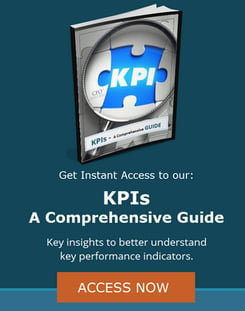As fractional CFOs and Controllers our team engages with organizations in either a short-term or part-time capacity. One area where we often lend our expertise is in ERP (Enterprise Resource Planning) and MRP (Material Requirements Planning) installations. Properly implementing and managing the accounting and finance elements of these systems requires a depth of financial acumen that is best suited for an experienced CFO to handle because there are wide reaching business implications to consider with this type of strategic execution.
In the many years that we have been helping clients with accounting systems conversions, we have noticed the same pitfalls tend to trip up organizations time and again. We are sharing those with you today in the hopes that calling them out can serve as cautionary lessons to help you avoid moving forward with an accounting system conversion that you will end up regretting later.










